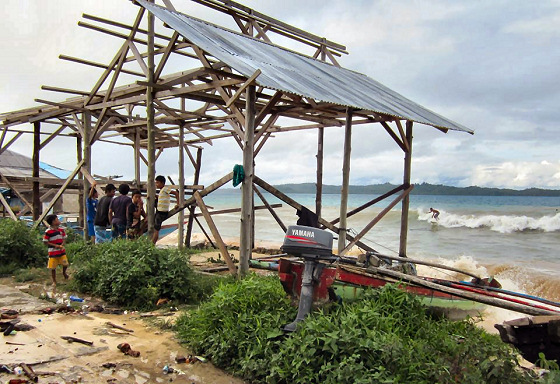In October 2010, the Sumatra earthquake and tsunami killed more than 500 people and displaced more than 20,000. Less than three years later, SurfAid returned to Mentawai Islands and Nias to check how the initial help had evolved.
The Mentawai Islands offer some of the best surf spots on the entire planet. As a surfer's dream destination, it delivers the most incredible wave-riding experiences of a lifetime.
When the 2010 Mentawai tsunami hit the region, SurfAid answered with health care facilities for pregnant women and children under five, work in malaria, water and sanitation, and emergency preparedness.
The question is: how have the Mentawai Islands recovered from the disaster in less than three years? Filmmakers Michael Lawrence and David Kruta traveled to the spot and captured the evolution into a new film.
"While seeing some of the most heart-wrenching images of my life, I also experienced such a great camaraderie; a sense of perseverance emanated from the people there," Lawrence says.
"I was in love with the islands and knew I would have to come back. Over two years later, I was invited by SurfAid to film their ongoing work in the islands and their noble efforts to improve the quality of life for the Mentawai and Nias people".
David Kruta believes that as one of the most remote areas on the planet, the Mentawais are home to both tragedies and sheer beauty.
"Our goal was to bring a cinematic quality, and by shooting low and wide, we were able to show the strength and resilience of the people of the Mentawais. Shooting for SurfAid was a privilege and a life-changing experience", underlines Kruta.
